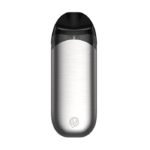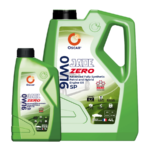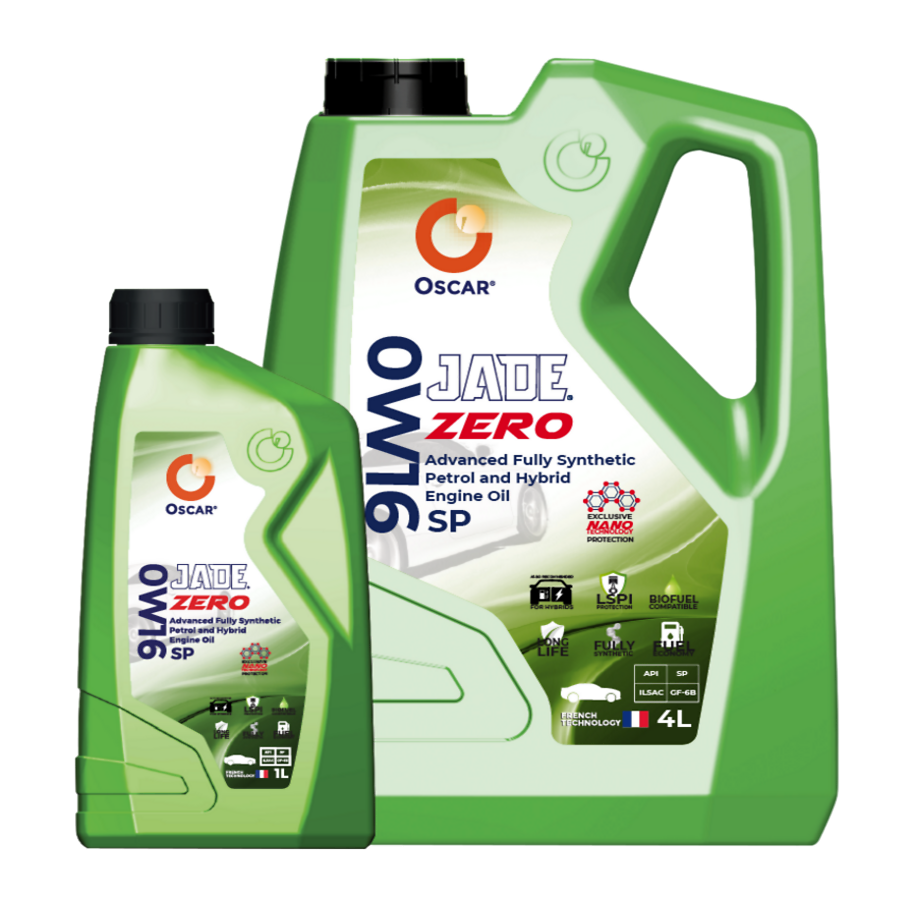Regular engine oil changes are essential for maintaining the health and longevity of your vehicle’s engine. However, determining the optimal oil change interval can be confusing, as it depends on various factors such as vehicle age, driving conditions, and oil type. By understanding the guidelines and factors involved, you can ensure that your engine receives the proper care it needs to perform optimally. This inclusive guide will provide you with everything you need to know about when to change the best engine oil in UAE.
Follow manufacturer’s recommendations:
The most reliable source for determining oil change intervals is your vehicle manufacturer’s recommendations outlined in the owner’s manual. These guidelines are based on extensive testing and engineering data specific to your vehicle’s engine and operating conditions. Follow the recommended oil change intervals provided by the manufacturer to maintain warranty coverage and ensure optimal engine performance.
Consider driving conditions:
Driving conditions play a significant role in determining how frequently you should change your engine oil. If you frequently drive in stop-and-go traffic, extreme temperatures, or dusty environments, your engine may require more frequent oil changes to prevent premature wear and contamination. Similarly, towing heavy loads or driving at high speeds can accelerate oil degradation, necessitating shorter oil change intervals.
Monitor oil life indicators:
Many modern vehicles are equipped with oil life monitoring systems that analyze driving patterns, engine revolutions, and temperature variations to calculate the remaining useful life of the engine oil. When the oil life indicator reaches a certain percentage, typically around 15% to 5%, it’s time to schedule an oil change. Trusting these indicators can help optimize oil change intervals based on your driving habits and conditions.
Inspect oil quality:
Regularly inspecting the quality and condition of your engine oil can provide valuable insights into its health and effectiveness. Check the oil level and color using the dipstick or digital oil level gauge, and inspect for any signs of contamination or debris. Milky or foamy oil may indicate coolant contamination, while gritty or sludgy oil suggests inadequate lubrication or improper maintenance.
Use synthetic oil for extended intervals:
Synthetic engine oils offer superior performance and longevity compared to conventional oils, allowing for extended oil change intervals in many cases. Synthetic oils are engineered to withstand higher temperatures, resist oxidation and degradation, and provide better lubrication, making them ideal for modern engines and demanding driving conditions. Consult your owner’s manual to determine if synthetic oil is recommended for your vehicle and follow the corresponding oil change interval guidelines.












